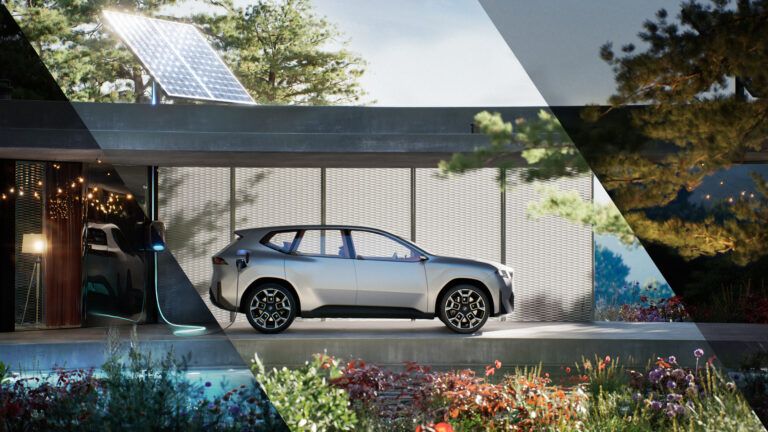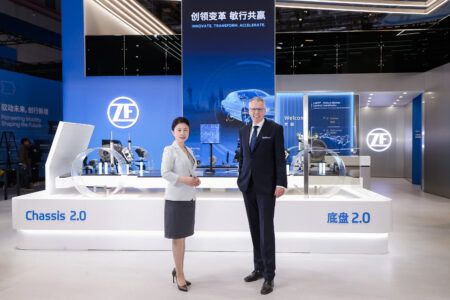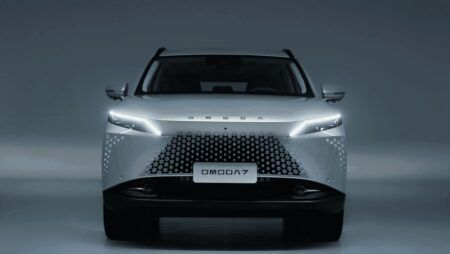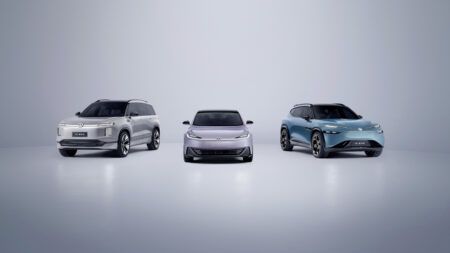The BMW Vision Neue Klasse sedan and the BMW Vision Neue Klasse X SAV, scheduled for launch in 2025, will both be able to store electricity and function as a power outlet. They are equipped with technology for bidirectional charging – i.e. the ability to both accept and supply electricity. They represent the range of technological innovations with which the company is showcasing its future viability.
The technology makes it possible to use the high-voltage battery of an all-electric vehicle as an energy storage device and to return the cached electricity to either your own household supply or the power grid at a later stage. This makes it even easier for BMW customers to actively contribute to the energy transition and promotes the sustainable generation and use of renewable energy. Functions such as Vehicle to Home, Vehicle to Grid and Vehicle to Load will therefore be available to BMW customers for the first time. This move also underlines the ongoing expansion of the BMW Group Charging offer.
“We are constantly improving our range of charging products and services in order to maximise the benefit to the customer,” says Frank Weber, member of the Board of Management of BMW AG, responsible for Development. “Starting this summer, we will be offering cost-optimized charging together with our partner E.ON in several markets. And with the Neue Klasse we will be taking the next step: bidirectional charging. Vehicle to Home and Vehicle to Grid, all fully integrated into our comprehensive charging ecosystem – BMW Connected Home Charging. Using the vehicle, the My BMW App, the BMW backend – plus a BMW DC Wallbox Professional and their photovoltaic system, customers will be able to control the energy flow in such a way that home charging is possible off grid at times. And, of course, they will also be able to lower their charging costs by feeding the electricity stored in their BMW back into the power grid.”
Bidirectional charging not only ensures greater supply security. By both accepting and supplying electricity, electric vehicles can make a significant contribution to the share of electricity consumption coming from renewable sources. Using the storage capacities provided by high-voltage batteries allows supply and demand in the area of green electricity to be better coordinated. In this way, electric mobility is becoming an ever more integral part of the energy revolution. With bidirectional charging, CO2 emissions can be reduced both in mobility and in power generation overall.





